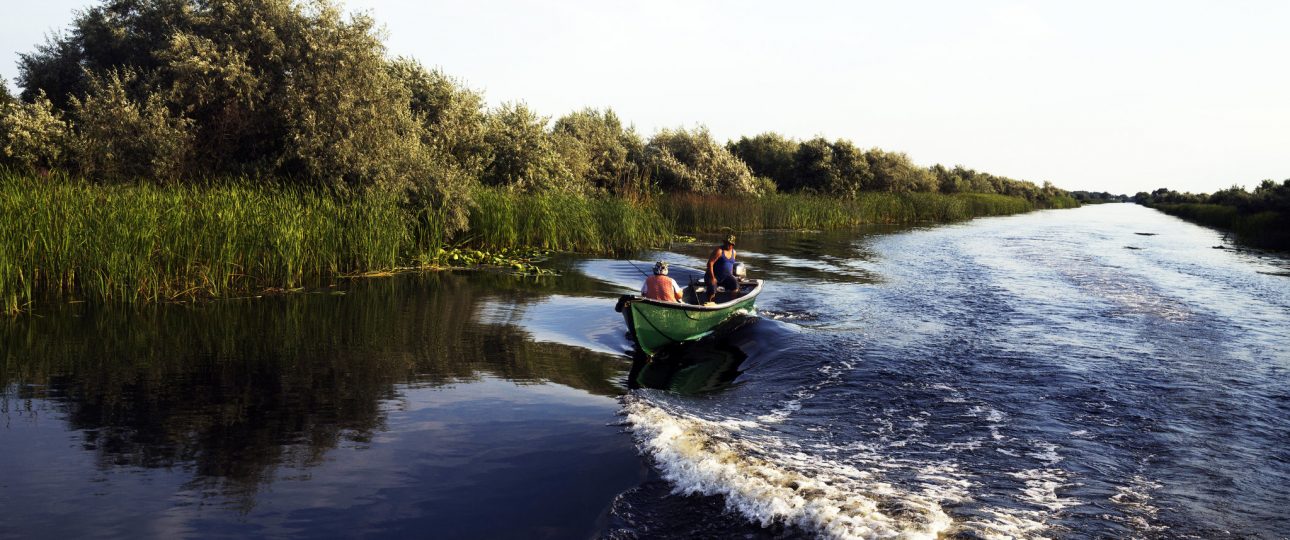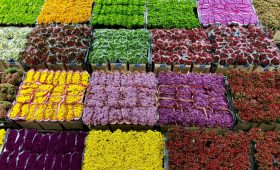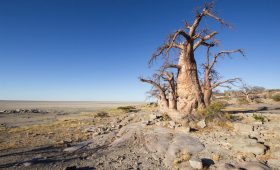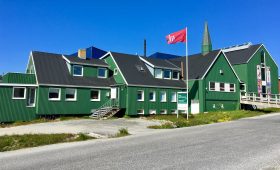Exploring the Danube Delta in Romania
What Makes the Danube Delta Special?
The Danube Delta is a remarkable natural area where the Danube River meets the Black Sea. This region is known for its rich biodiversity, hosting over 300 bird species, including the rare Dalmatian pelican and the Eurasian otter. The delta’s landscape is a complex network of channels, lakes, and marshes, offering a unique ecosystem that is both diverse and fragile.
Best Time to Visit
Spring and autumn are the ideal seasons to explore the Danube Delta. In spring, the area bursts with color as plants bloom and migratory birds return. Autumn provides a different allure, with changing foliage painting a picturesque scene. Summer can be hot and crowded, while winter’s harsh conditions make it less appealing for visitors.
Getting There
To reach the Danube Delta, fly into Henri Coanda International Airport in Bucharest. From there, you can take a train, drive, or catch a bus to Tulcea, the main entry point to the delta. Private transfers from Bucharest to Tulcea are also available for those seeking convenience.
Local Transportation
Once in Tulcea, the best way to explore the delta is by boat. Options range from short tours to multi-day excursions. Local guides and boat operators are well-versed in the area’s flora, fauna, and history, offering valuable insights. Booking in advance is advisable, especially during peak tourist seasons.
Notable Destinations
Sulina
Sulina, located at the eastern edge of the delta, is a town with sandy beaches and a mix of architectural styles reflecting its multicultural past. The lighthouse here offers panoramic views of the delta and the Black Sea.
Letea Forest
Letea Forest is known for its ancient oak trees and dense vegetation. Visitors can explore on foot or by bike and might spot wild horses roaming freely. This forest represents a unique ecosystem within the delta.
Chilia Veche
Chilia Veche is a village rich in cultural heritage. The St. Nicholas Church, dating back to the 14th century, features beautiful frescoes. Walking through the village’s narrow streets offers a glimpse into traditional life in the region.
Geography and Climate
The Danube Delta is a low alluvial plain, mostly covered by wetlands and water, with an average altitude of 0.52 meters. It is one of Romania’s sunniest and driest regions, with an annual mean temperature of 11°C. The delta’s climate is influenced by both the Pannonian steppe and the Mediterranean, creating a favorable environment for diverse flora and fauna.
Challenges and Considerations
While the Danube Delta is a stunning destination, it faces environmental challenges. Sediment deficits due to dam construction and erosion along the coast are ongoing issues. Visitors should be mindful of their environmental impact and respect the delicate ecosystems they explore.




